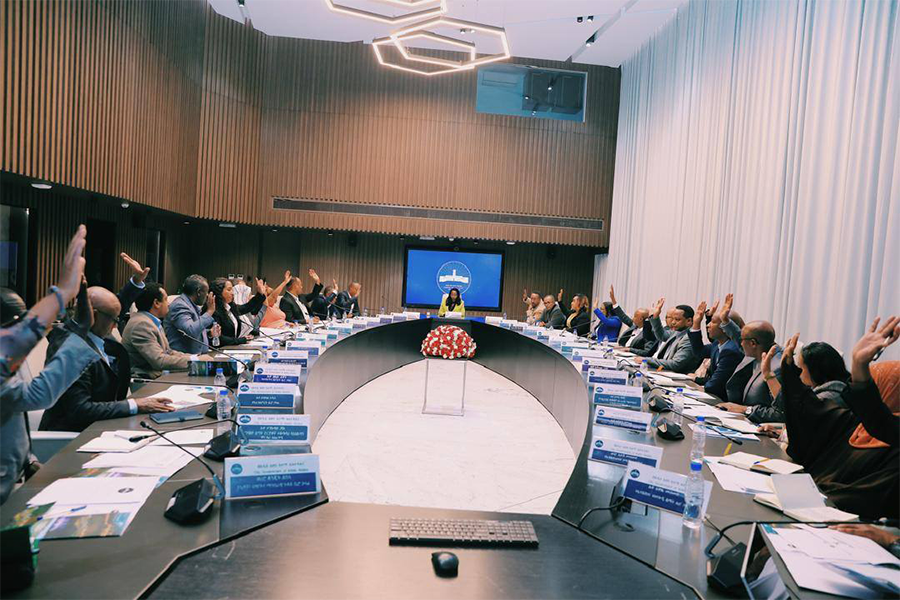
Oct 22 , 2022
By Karim El Aynaoui , Otaviano Canuto
Multilateral finance institutions have an important role in drawing private capital toward long-term projects that could spur development in countries and sectors that capital markets perceive as high-risk, write Karim El Aynaoui, executive president of the Policy Center for the New South, and Otaviano Canuto, a former vice president of the World Bank and executive director of the IMF.
To spur development and fight climate change, emerging-market and developing economies (EMDEs) will need huge amounts of investment in green infrastructure over the next few decades. But many of these countries have limited fiscal space, especially after the shocks of the last few years. Given this, to meet the EMDEs' infrastructure needs, we must mobilize excess private savings in the advanced economies. The question is how.
The first step toward building a bridge between private savings and infrastructure investment in EMDEs is understanding investors' needs. Institutional investors, like all other types of debt and equity investors, have their own incentives, constraints, and objectives, all of which inform their allocations of funds, including which types of projects to support, where, and at what stage of the project cycle (development, construction, or operation). Inadequate risk coverage, lack of data, and the heterogeneity of project structures, regulatory environments, and contractual standards can all act as barriers to investment.
The challenge is to define "attractive investment opportunities" and match investors to them in a more systematic way. Central to this effort should be the provision of a wide range of well-structured investment products tailored for different institutional investors and their respective risk or return profiles. Institutional investors (such as pension funds) might be inclined to participate in a project's earlier stages (before operation) if refinancing risks are covered, and construction risk is addressed.
Currency risk poses another challenge for investors in EMDEs. Here, export credit agencies may be able to help, though often at a high cost.
A dearth of appropriate financial instruments – and the costs and complexity of the instruments that are available – is yet another potential barrier to infrastructure investment in the EMDEs. Fixed-income instruments – including bonds (project, municipal, sub-sovereign, and green bonds), and loans (direct and co-investment lending to infrastructure projects and syndicated project loans) – can help solve this problem, as they could appeal to a broad range of institutional investors in the EMDEs.
Multilateral finance institutions have an important role in drawing private capital toward long-term projects that could spur development in countries and sectors that capital markets perceive as high-risk. By providing funding, guarantees, or both, such institutions can de-risk projects and crowd in private investment. They can also bring partners into specific deals through syndications.
For its part, the private sector has several instruments at its disposal with which to manage risk. Companies can use risk-transfer and credit-enhancement instruments, which national and multilateral development banks are currently piloting. These include guarantees, insurance policies, and hedging mechanisms under which, for a fee, a provider agrees to compensate the concessionaire (or its lenders) in case of default or loss arising from some specified circumstance.
Political-risk insurance is vital here. Some sectors – such as telecommunications or electricity – are more prone to regulatory volatility or the effects of political pressure (including on prices). This implies the need for greater scrutiny from infrastructure investors and customized risk-mitigation mechanisms.
A project's financial structure is key. Experience shows that a diverse mix of funders for a project – including domestic, international, and multilateral banks and owners – can deter political intervention and act as a buffer against shocks. And just as strategic alliances with foreign entities provide local actors with a hedge against political intervention, partnerships with local companies can help an infrastructure operator transcend the "foreign investor" label.
In transforming today's savings-liquidity glut into a much-needed investment in green EMDE infrastructure, the public and private sectors have important roles to play. Policymakers must increase the transparency of legal frameworks and achieve political and regulatory stability, recognizing that the public sector will ultimately bear the high transaction costs incurred by private investors when they channel financial resources to EMDEs.
Institutional investors and other financial intermediaries, as well as non-banking financial institutions, often highlight the lack of a pipeline of investment-ready projects. To improve their options, the public sector should take more responsibility for project design in situations characterized by significant complexity and regulatory risk, especially when risks are harder to identify and measure in advance. The costs of this process can largely be recouped when public-private partnerships (such as concessions) are established. Public-sector planning and priority-setting are essential.
But private investors must also embrace a more active role, including taking advantage of the risk-management tools at their disposal. Sophisticated, developed financial markets and instruments would help by enabling financial agents to take on risks that are in line with their appetites and capacities.
It will not be easy. But with these building blocks, we can construct the most important infrastructure: the bridge connecting advanced-country savings and EMDEs' financing needs.
PUBLISHED ON
Oct 22,2022 [ VOL
23 , NO
1173]

Fortune News | Feb 15,2020
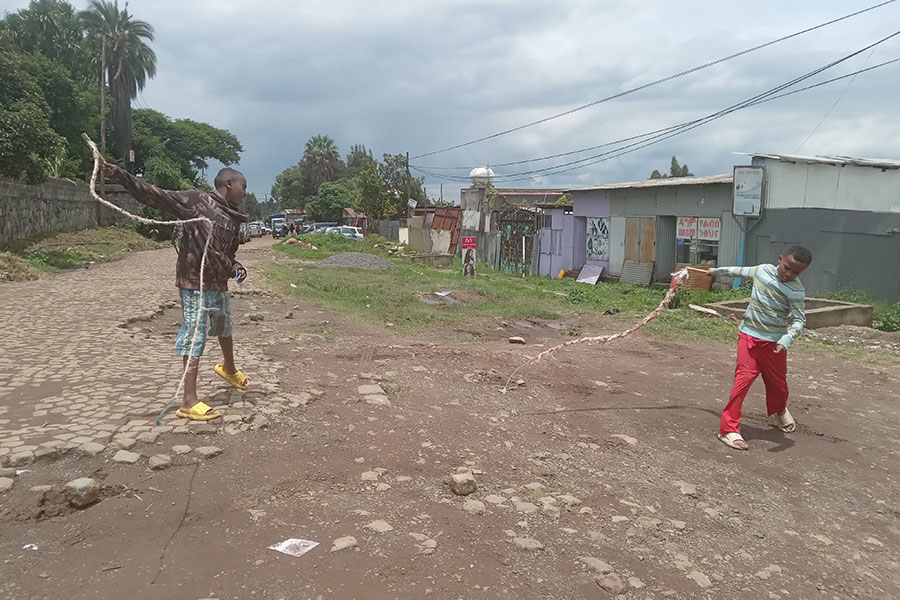

Radar | Jun 18,2022
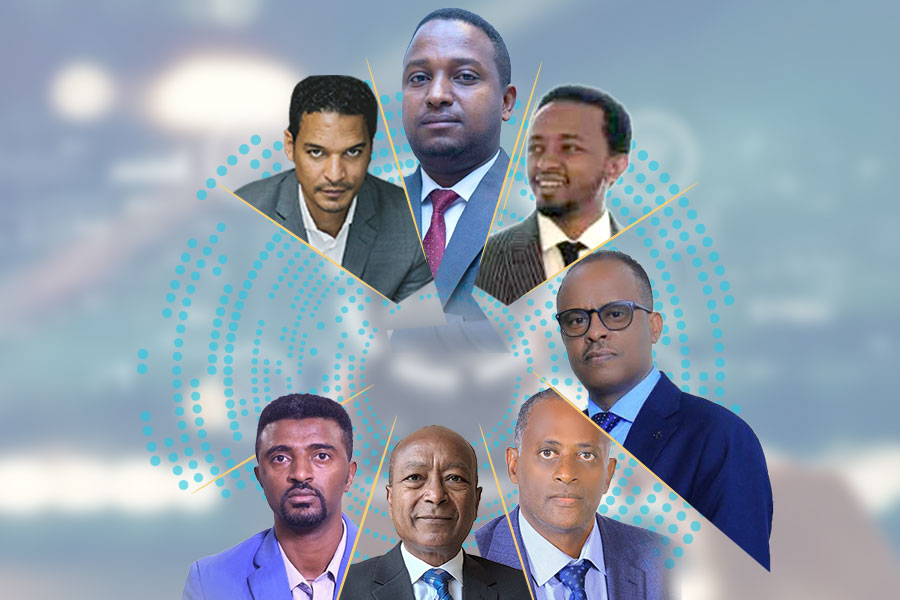
Exclusive Interviews | Jan 07,2024

Viewpoints | Jun 21,2025
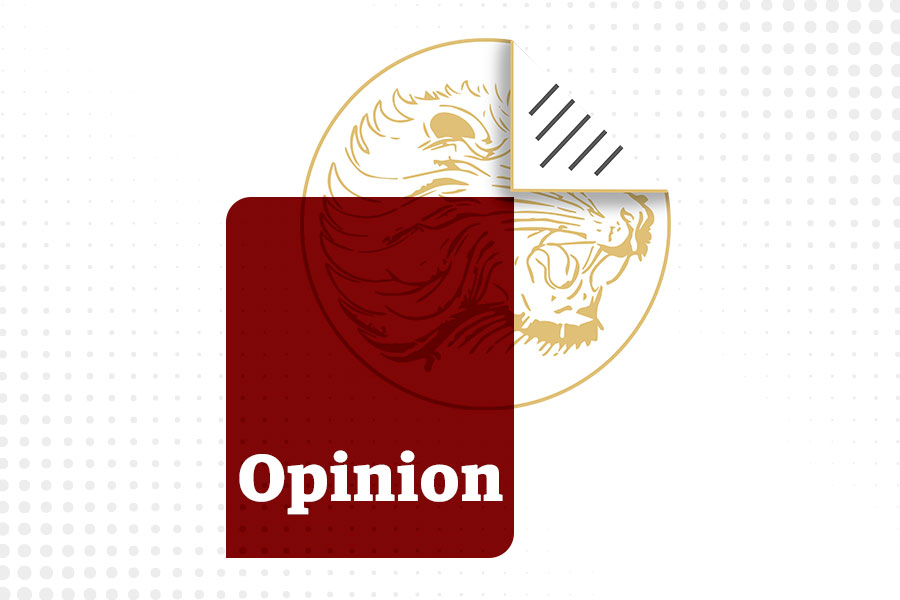
My Opinion | 131673 Views | Aug 14,2021

My Opinion | 128039 Views | Aug 21,2021

My Opinion | 126001 Views | Sep 10,2021

My Opinion | 123622 Views | Aug 07,2021
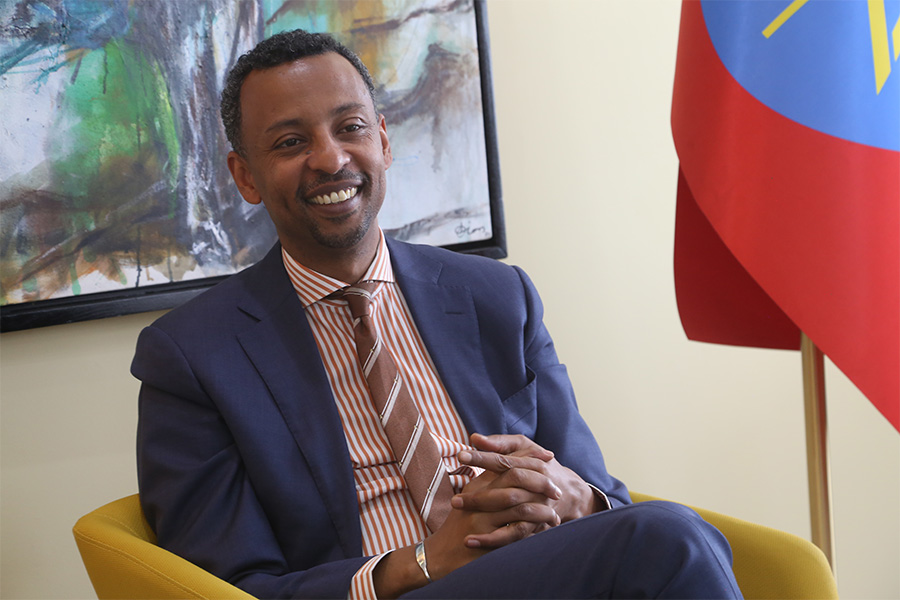
Dec 22 , 2024 . By TIZITA SHEWAFERAW
Charged with transforming colossal state-owned enterprises into modern and competitiv...
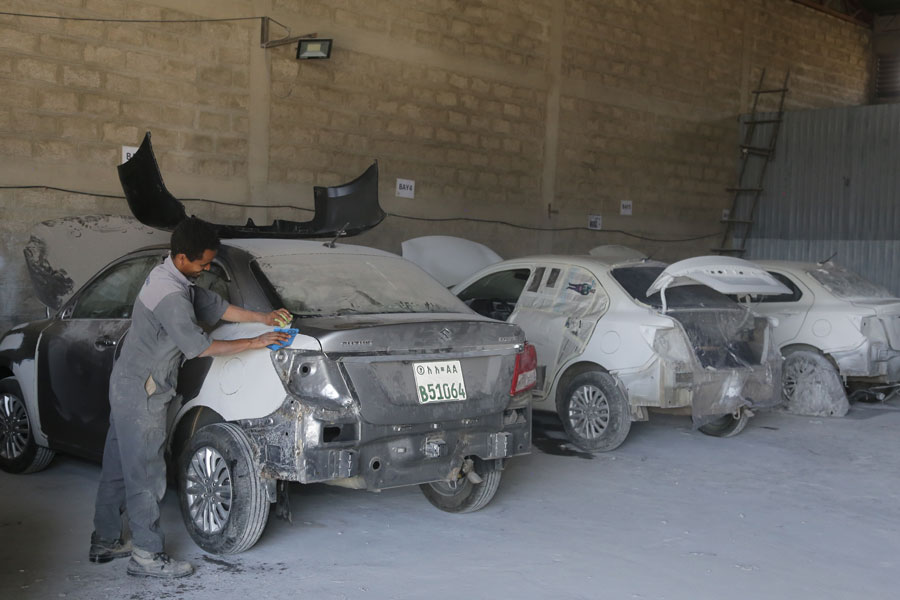
Aug 18 , 2024 . By AKSAH ITALO
Although predictable Yonas Zerihun's job in the ride-hailing service is not immune to...
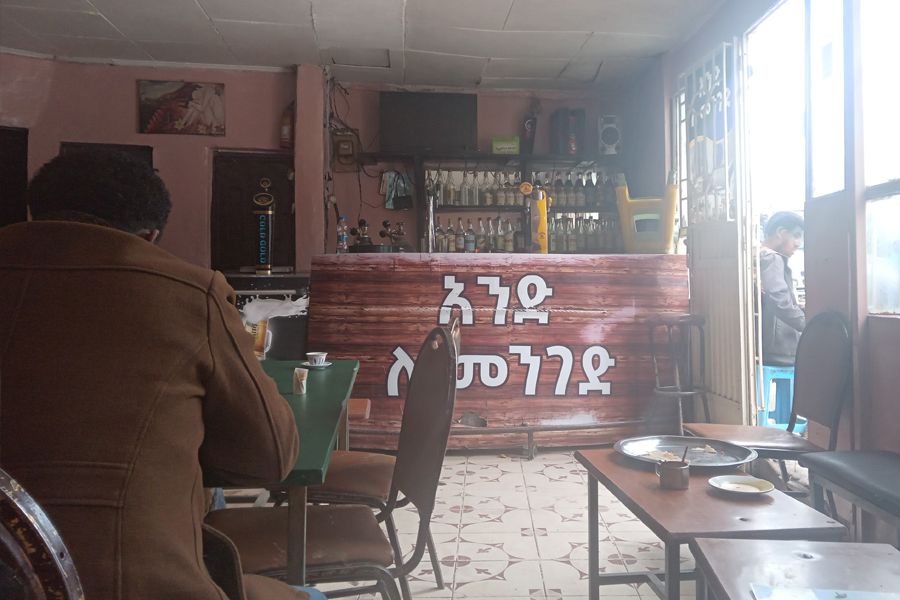
Jul 28 , 2024 . By TIZITA SHEWAFERAW
Unhabitual, perhaps too many, Samuel Gebreyohannes, 38, used to occasionally enjoy a couple of beers at breakfast. However, he recently swit...
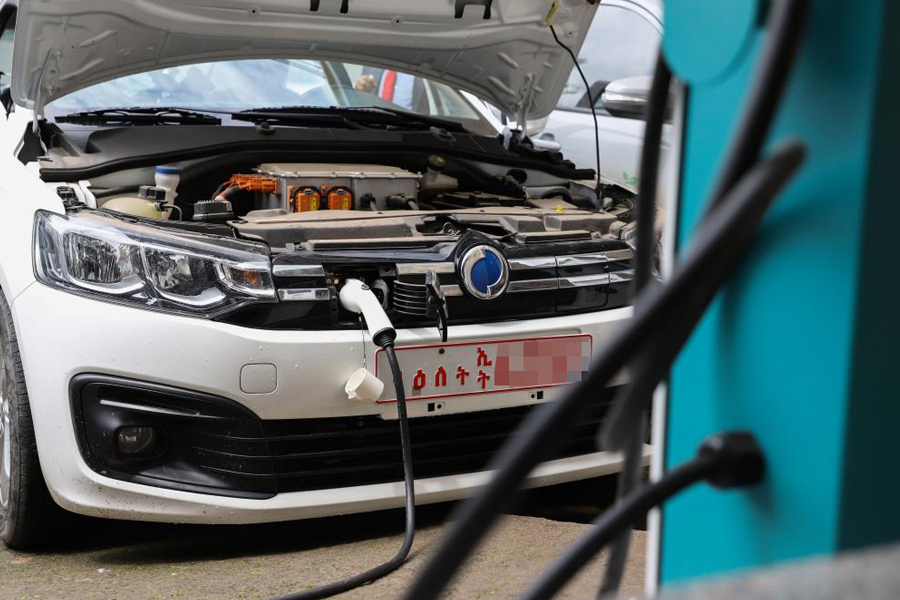
Jul 13 , 2024 . By AKSAH ITALO
Investors who rely on tractors, trucks, and field vehicles for commuting, transporting commodities, and f...
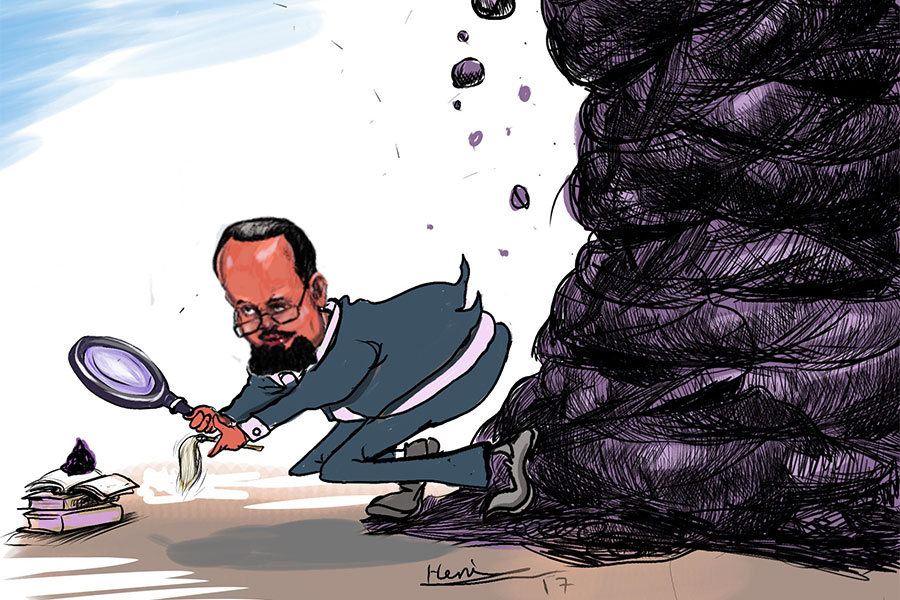
Jun 28 , 2025
Meseret Damtie, the assertive auditor general, has never been shy about naming names...
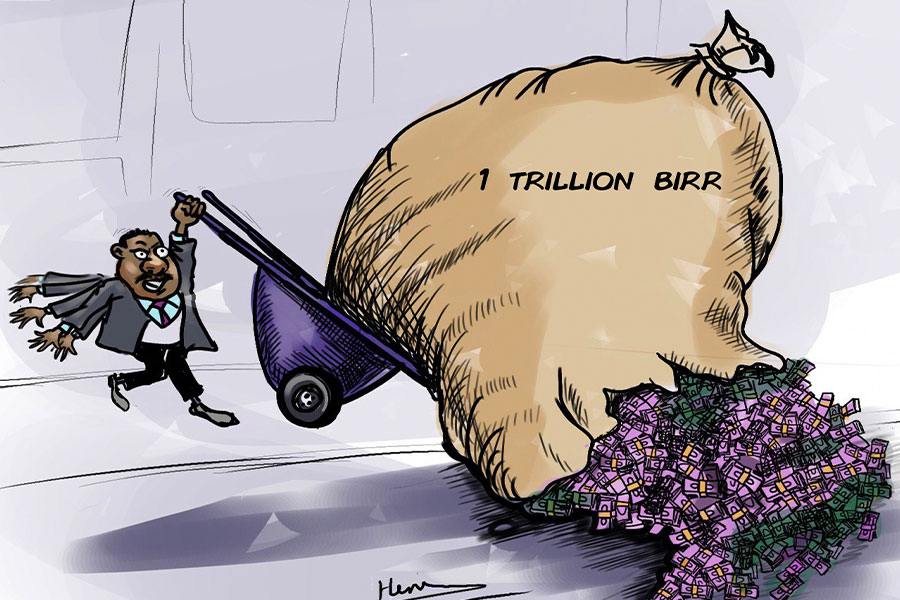
Jun 21 , 2025
A well-worn adage says, “Budget is not destiny, but it is direction.” Examining t...
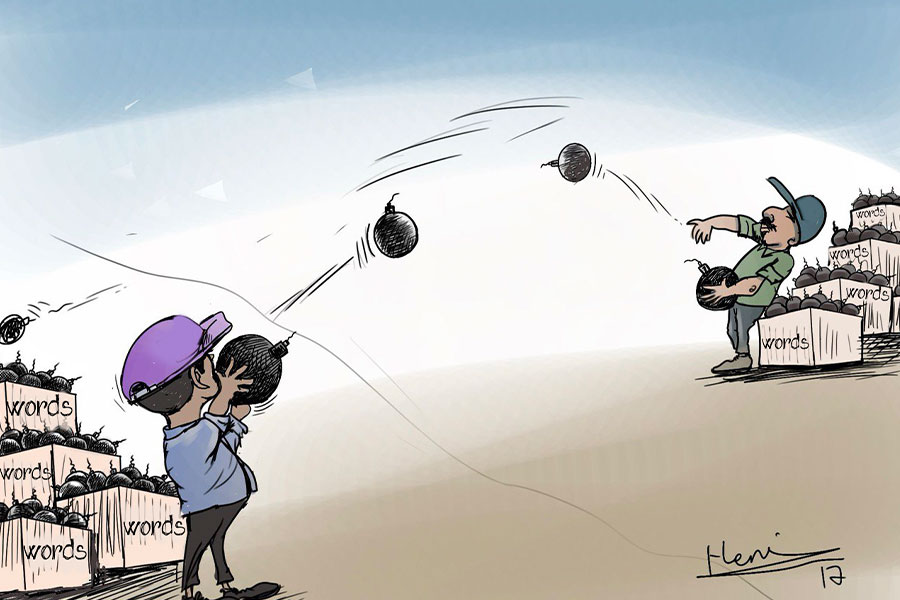
Jun 14 , 2025
Yet again, the Horn of Africa is bracing for trouble. A region already frayed by wars...
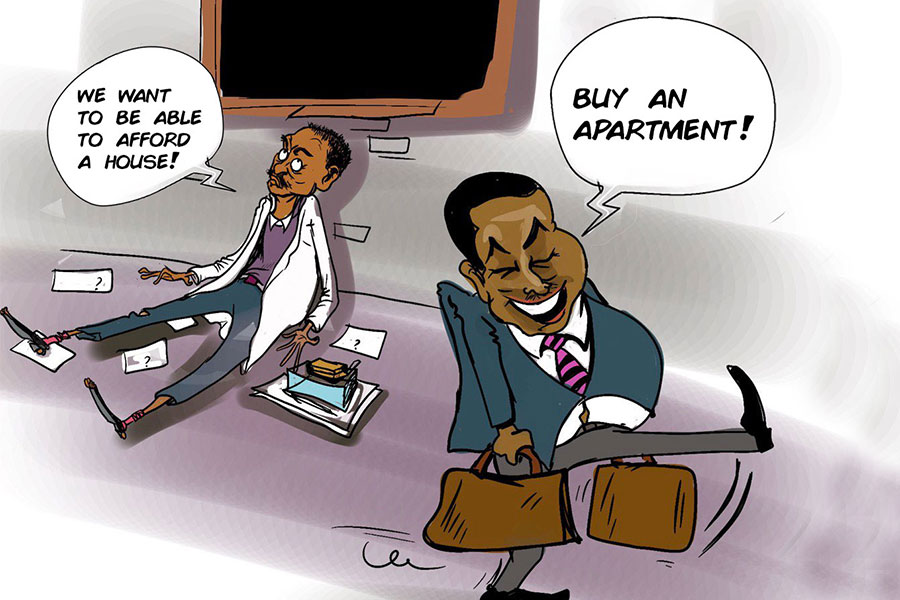
Jun 7 , 2025
Few promises shine brighter in Addis Abeba than the pledge of a roof for every family...
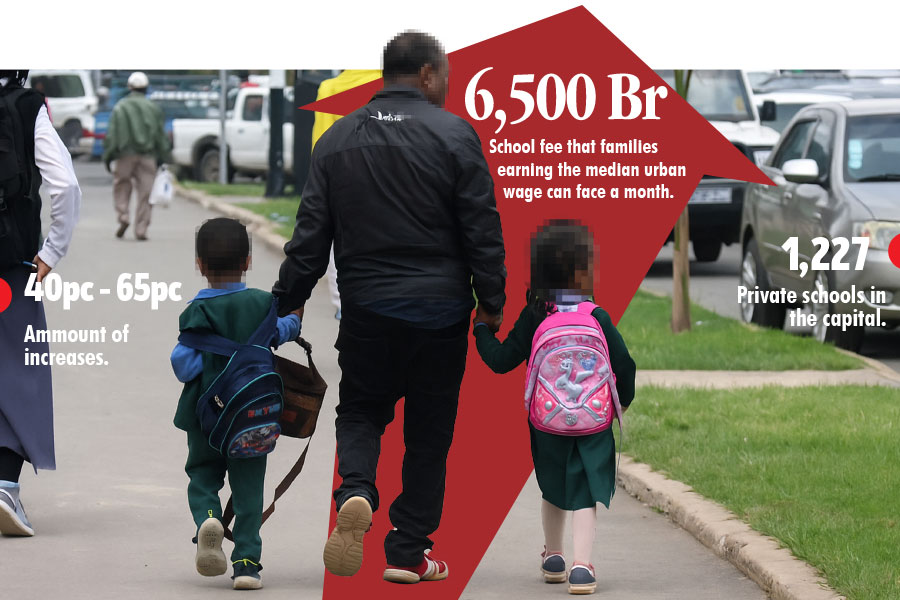
Jun 29 , 2025
Addis Abeba's first rains have coincided with a sweeping rise in private school tuition, prompting the city's education...
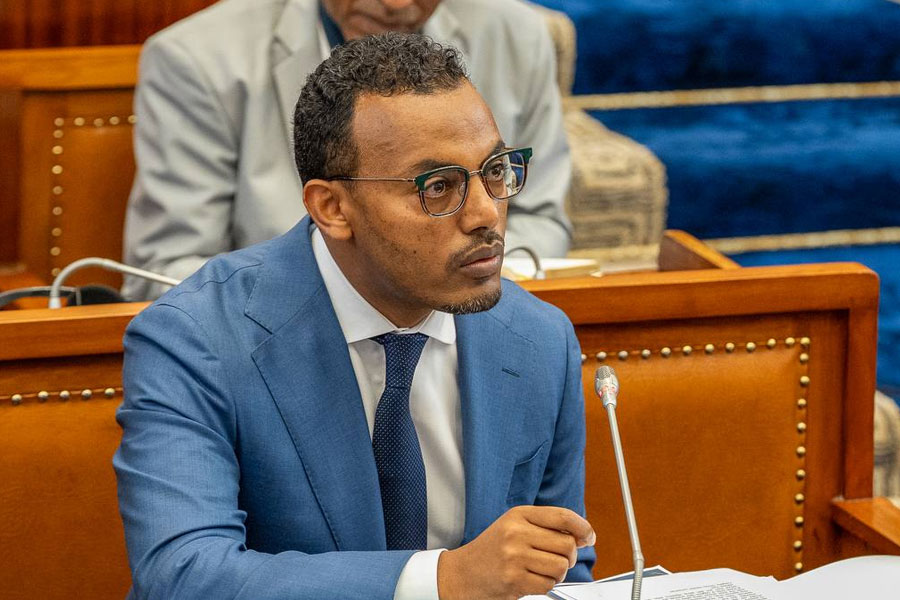
Jun 29 , 2025 . By BEZAWIT HULUAGER
Central Bank Governor Mamo Mihretu claimed a bold reconfiguration of monetary policy...
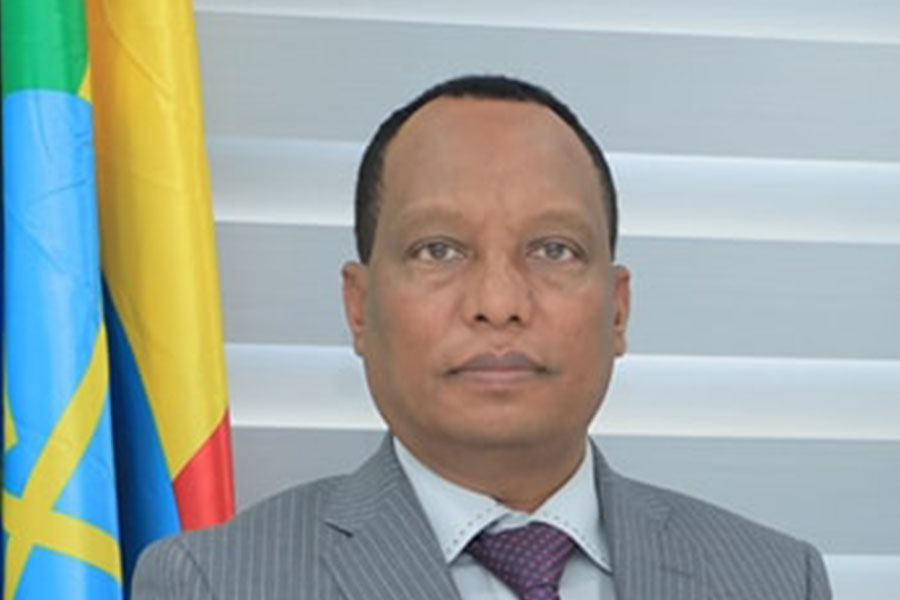
Jun 29 , 2025 . By BEZAWIT HULUAGER
The federal government is betting on a sweeping overhaul of the driver licensing regi...
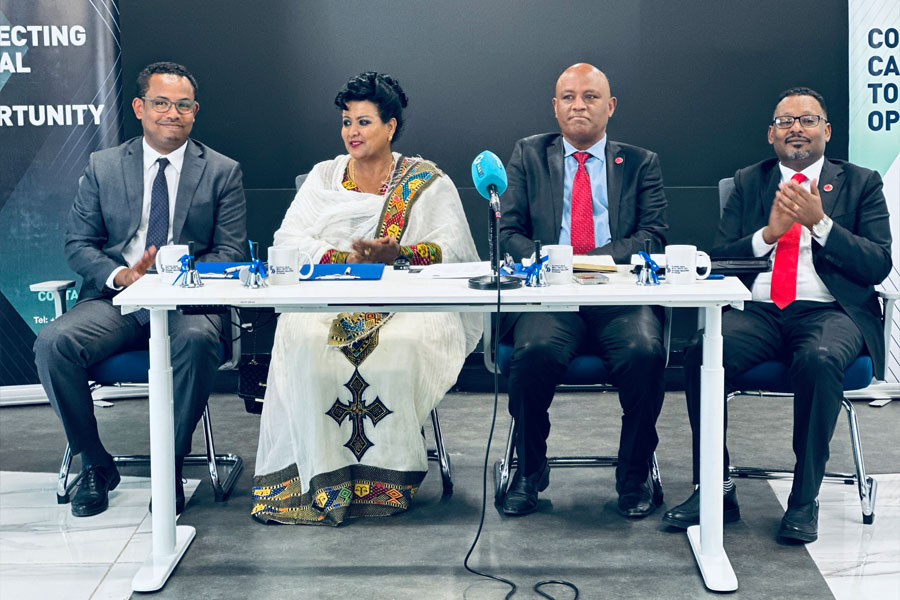
Jun 29 , 2025 . By NAHOM AYELE
Gadaa Bank has listed 1.2 million shares on the Ethiopian Securities Exchange (ESX),...